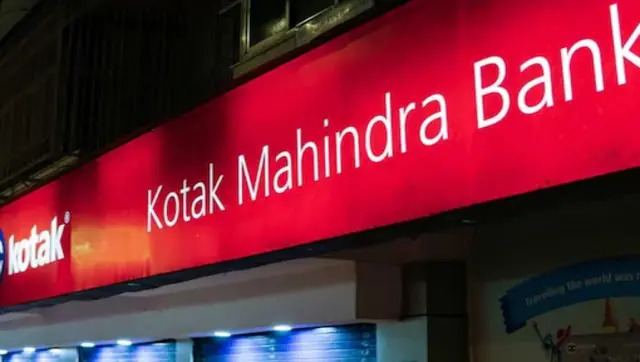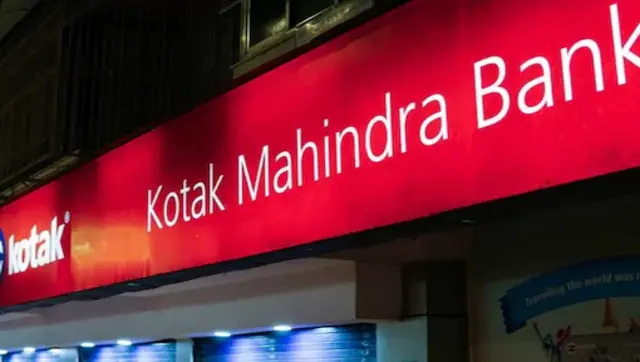Mumbai: Telecom major, Bharti Airtel, has said it would apply for a payments banks licence. Kotak Mahindra Bank will have a 19.9 percent stake in the proposed payments bank that would leverage its 215 million customer base to roll out the banking services.
By definition, payments banks can offer all baking services to small individual customers and companies, including taking deposits upto one lakh per customer. But it cannot offer loans.
In a way, Airtel already partly undertakes the functions of a payments bank by offering fund transfer services under Airtel money that has closer to over 1.7 million users.
As Firstpost has said before, a whole lot of companies from across sectors can possibly become payments banks. Besides Airtel, one should expect other telecom companies such as Vodafone and Idea Cellular too applying for the payments banking licence to leverage their subscriber base to make available banking services.
Besides, retail market chains such as Bigbazaar or Reliance Fresh or E-retail chains such as Flipkart or Snapdeal could also wear the hat of a banker. That apart, state-run entities with massive network, such as India Post and Indian Railways too can become payments banks.
Chances of India Post applying for payments bank licence are uncertain as of now, since the department is trying to get full-service banking licence through legislation as it wants to enter the credit business and not just offer deposit products and transactional services.
Also, many of the existing prepaid payment instruments (PPI) such as Itzcash or UAE Exchange may also apply for payments bank licences. In fact, the initial idea of RBI central board member, Nachiket Mor, who brought the idea of payments banks in his financial inclusion roadmap was to convert PPIs to payments banks, to begin with. Companies can submit applications till 2 February.
But the real game changer will be the entry of telecom companies. Provided adequate safety measures are in place, this can bring in a revolution in banking as we see it today, leveraging its massive network.
Once the public get used to it, this can take banking services to even someone in a far-flung village in North East, where no commercial bank has a branch. That will help to mobilize hitherto untapped small deposits of a large section of population. Possibility of banking through mobile is huge. Till November, India has about 937 million mobile users, which is about three fourth of country’s total population.
In fact commercial banks have already realized this potential. For instance, country’s largest lender, State Bank of India now has witnessed a 46 percent surge in the mobile-banking space in 2014.
According to the bank, the lender has registered 1.25 crore customer transactions via mobile phones in 2014 compared with 85.78 lakh in 2013.
Going by RBI data, in fiscal year 2013, number of mobile banking users stood at 22.5 million users, up 73.69 percent, compared with 2011-2012. The volume in 2012-13 also rose 108.53 percent y-o-y.
Yet, the commercial banks have so far succeeded to bring only half of the population to formal banking services. The main reason for this is the non-viability in operating rural areas.
Even though cooperative banks and regional rural banks are present in the villages, most of them have failed to make an impact due to mismanagements and inefficient functioning methods.
Mobile banks can fill this gap. Just imagine if someone working in a metro able to transfer money to his family in a distant village in North East or in Uttar Pradesh, where banking penetration is poor.
For telecom companies, entry into payments banking wouldn’t be a difficult exercise since they have the platform ready. The entry capital set for payments banks is a relatively lower Rs 100 crore compared with that required for full-service banking licence. This may encourage more firms to throw their hat in the ring.
Payments banks have to invest their funds in one-year maturity government bonds. This would mean that they can offer interest rates on deposits slightly below the one-year paper.
The yield on one year-treasury bill is trading at 8.024 percent, giving enough leeway for such banks to make a good margin even if they offer 4-6% return on deposits.
But there could be one grey area that might need a re-look. It doesn’t make much sense to cap the deposit limit at Rs 1 lakh given the rise in income levels in rural segments.
Even a start-up firm with low-capital base might want to have higher cash savings, which they might want to deposit in such banks.


)




)
)
)
)
)
)
)
)